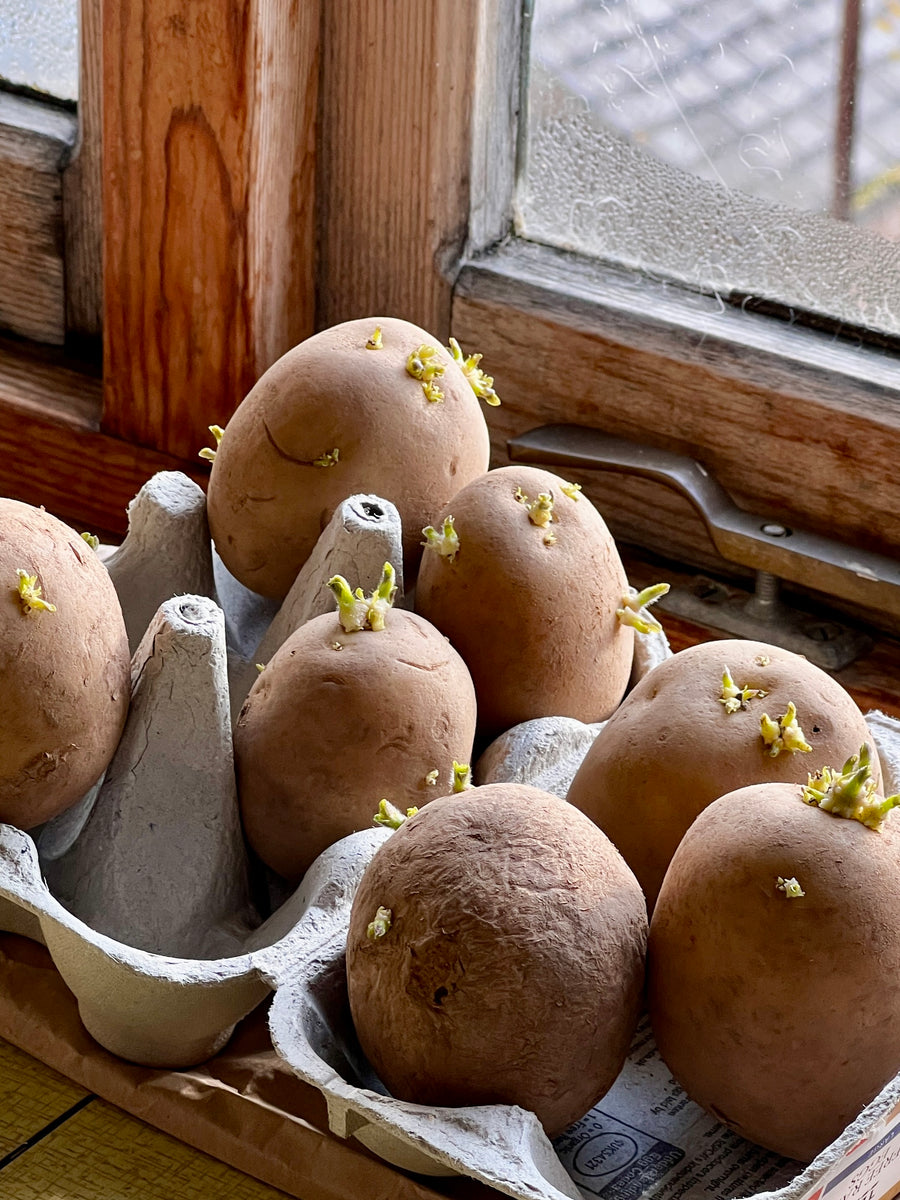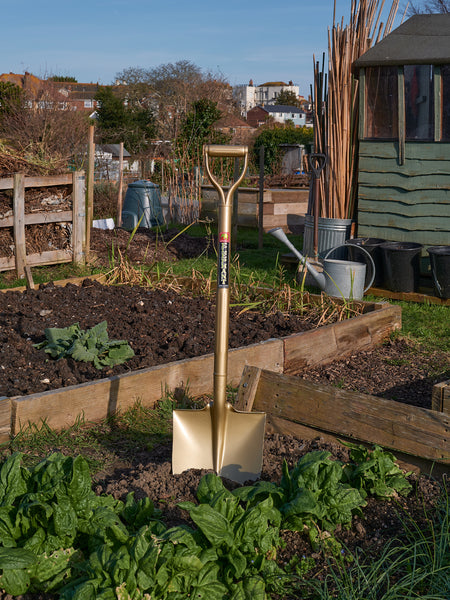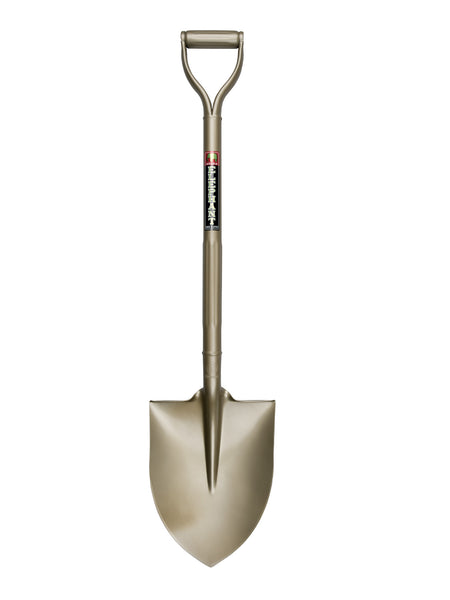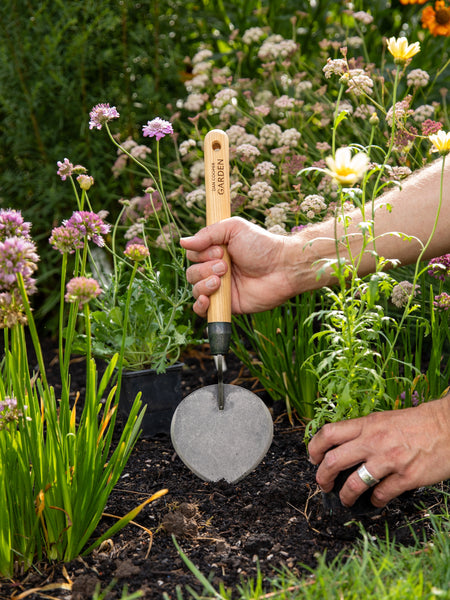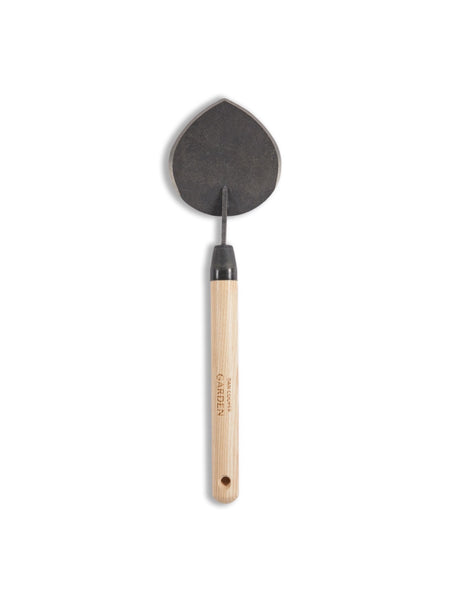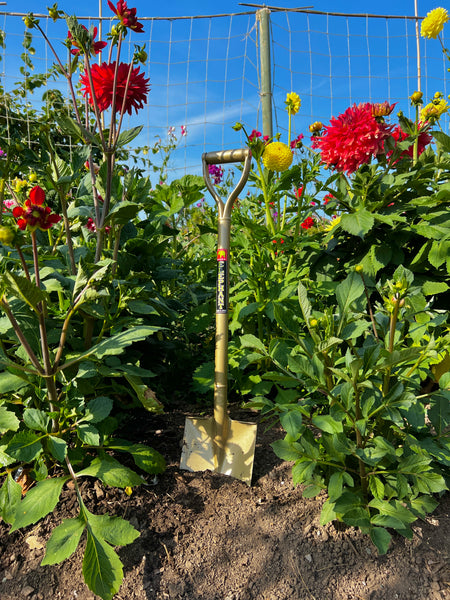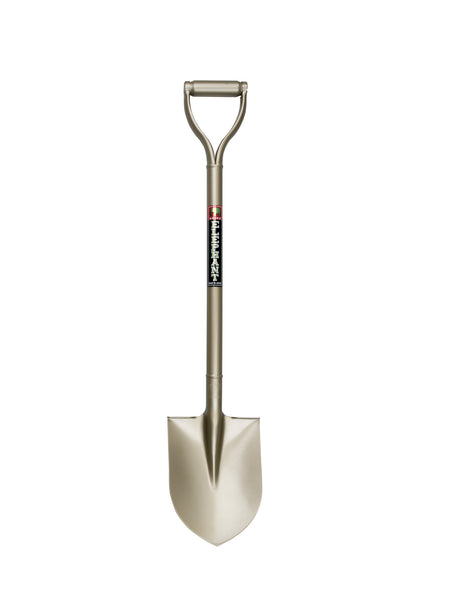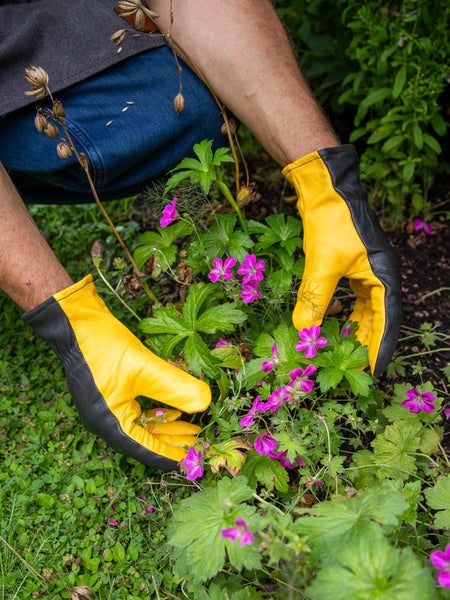If you’re thinking about growing a crop of potatoes, you’ve probably heard the term ‘chitting’. It’s a straightforward gardening trick that’s not absolutely necessary, but it may get you a slightly earlier, larger crop. If you’ve got children, it’s also fun and educational to do as a family.
What is chitting?
A chit is nothing more than a shoot. Chitting is the practice of encouraging seed potatoes* to produce shoots before they are planted. There are three main reasons why you might want to do this:
- Earlier cropping - by starting potatoes into growth in a cool, indoor environment, you should get a crop faster when planted outside.
- Frost protection - in colder regions, chitting allows potatoes to begin growing without fear of being damaged by frost. It’s also helpful if your soil remains frozen or waterlogged in early spring.
- Heavier cropping - some studies have found that chitted potatoes produce a bigger crop, although commercial growers don’t do it as it’s too time-consuming. Have a go and make up your own mind!
As with many gardening activities, chitting has an element of tradition and fascination as it allows us to observe part of a plant’s lifecycle that might otherwise be hidden underground.
Did you know? The variety that produces Jersey Royal potatoes is called ‘International Kidney’. It’s very popular commercially and with gardeners, so if you enjoy the familiar taste of this iconic spud and want to grow your own, snap up the seed potatoes as soon as you see them.
How to chit
Buy your seed potatoes online or at your local garden centre. They’re usually available in January, but occasionally earlier. Popular varieties and those in short supply tend to sell out quickly. Store your seed potatoes in a cool, dark, airy place until you’re ready to get going - the veggie drawer in your fridge is perfect if you have space. In the meantime, save cardboard egg boxes, which will come in handy.
Top Tip - seed potatoes are often sold by weight. The size of the tuber does not relate to the crop you’ll grow from it, so select small, healthy seed potatoes rather than the biggest ones to save money.
There are thousands of different varieties of potato across the world and hundreds available in the UK. They all take different amounts of time to produce a crop, but as far as chitting is concerned, they can all be treated the same way, at the same time.
- About 6 weeks before you intend to plant them outside, bring your seed potatoes into a well-lit, cool room - about 10ºC is ideal. An unheated spare bedroom, porch or conservatory will do just fine. In mild areas, you might start chitting in late January for planting out in mid-March, in colder areas, it’s better to leave it until mid-late February for planting in early-mid April.
- Arrange your egg cartons on a windowsill or table near a bright window. If you don’t have egg cartons, scrunch some newspaper or tissue in a seed tray. Place the potatoes so they are not touching, with the blunt end (sometimes called the ‘rose’) pointing upwards and the narrow end (called the ‘heal’) pointing down. You should be able to see several ‘eyes’ - shallow indentations from which the chits will appear. If you can’t tell one end from the other, it does not matter.
- Label the boxes, and you’re almost done!
- Over the coming weeks, you will see chits emerging from the eyes. These should be short, knobbly, and purplish green in colour. If you're getting long, white sprouts, this means your seed potatoes aren't getting enough light or are getting too warm.
- If you notice some wrinkling of the tubers, that’s completely normal and nothing to be concerned about. The potato is simply channelling its resources into the new shoots and shrinking like a balloon. However, if you spot mould or suspect a tuber is rotting, remove the affected ones and compost them.
Top Tip - If you feel thrifty, seed potatoes can be cut in half with a sharp knife to create an additional plant. Use a clean, sharp knife and ensure both portions have some ‘eyes’ (indentations) from which chits will emerge. The cut side should callus over naturally.

Planting Out
- When you’re ready to plant them out, the chits should be 4-5cm long. Transfer the potatoes carefully to your garden or allotment, taking care not to knock any shoots off.
- Remove all but three or four chits for larger spuds before putting the potato in the ground. If you’re after smaller potatoes, leave all the shoots intact.
- Plant early seed potatoes and salad types in trenches at least 12cm deep and 30cm apart, with 60cm between each row. Maincrop potatoes stay in the ground longer and require more space to produce a decent crop. Plant them 12cm deep and 38cm apart, with 75cm between each row.
- Potatoes grow in all soil types, but the richer, the better. Dig in plenty of well-rotted organic matter, such as well-rotted manure or garden compost. You can also add a layer of ripped-up newspaper or shredded cardboard to the trench, which will help retain moisture in dry weather. I collect cast seaweed from the beach and put a handful beneath each potato to feed it over a long period. An open, sunny spot where potatoes have not been grown for a few years is best, and, of course, you can plant in large tubs too.
- If shoots poke through the ground before the last frost, cover them gently with soil to protect them. This practice is called ‘earthing up’ and simply involves mounding soil over emerging plants by gathering it from the space between each row to create a series of ridges and furrows.

*Seed potatoes are potatoes purchased specially for growing rather than eating.
You Might Also Enjoy
- Growing From Seed - A Guide For Beginners
- Using Seaweed As Garden Fertiliser & Soil Improver (at The Frustrated Gardener)
